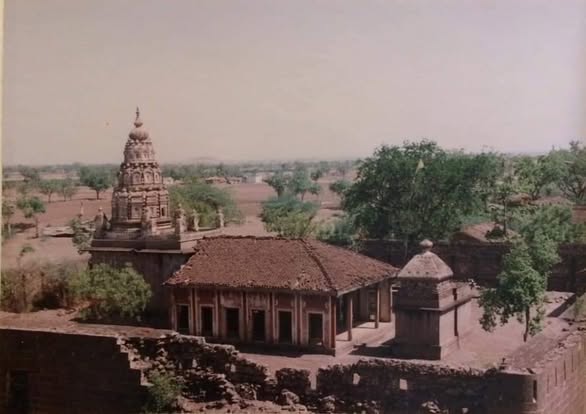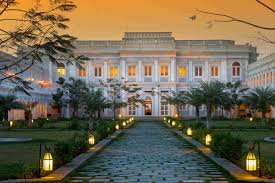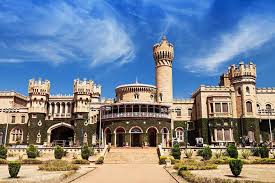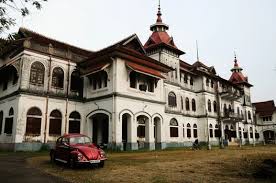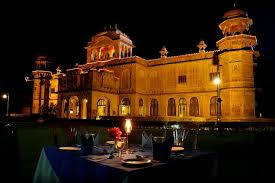Raja Sahib of Mahmudabad: A Legacy of Power, Politics, and Patriotism
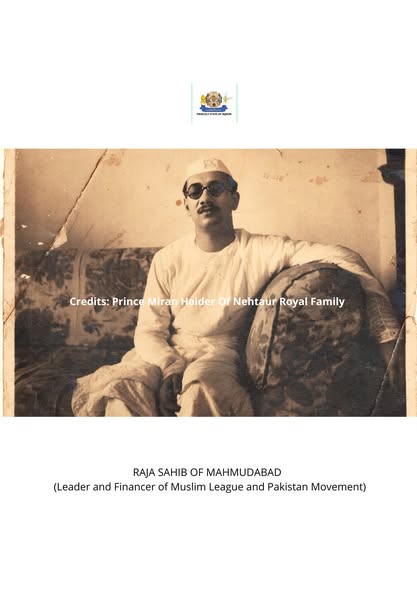
Raja Sahib of Mahmudabad: A Legacy of Power, Politics, and Patriotism
Introduction
The title “Raja Sahib of Mahmudabad” represents a distinguished lineage of rulers from the Mahmudabad Estate in Uttar Pradesh, India. Known for their immense wealth, political influence, and contributions to India’s socio-political fabric, the Mahmudabad rulers played a crucial role in shaping history. From their patronage of literature and culture to their active involvement in India’s freedom struggle and later political movements, their legacy continues to inspire.
Historical Background of Mahmudabad Estate
Mahmudabad, situated in present-day Sitapur district of Uttar Pradesh, was a princely estate ruled by the descendants of the Saiyyid lineage. The estate flourished under various Nawabs and Rajas, with its rulers actively participating in politics, administration, and the promotion of Islamic and Indian traditions. The palace of Mahmudabad remains a historical landmark, reflecting the grandeur of Awadh’s aristocracy.
Role in Indian Politics and Freedom Movement
Raja Mohammad Amir Ahmad Khan, one of the most well-known figures to hold the title Raja of Mahmudabad, was a key leader in India’s political history. A staunch supporter of the Muslim League, he played a vital role in the demand for Pakistan. However, his later years were marked by exile and estrangement from his homeland. Despite this, his contributions to education and political thought are still studied today.
On the other hand, other members of the Mahmudabad family actively engaged in nationalist movements, demonstrating the diverse political inclinations within the family. Their estate was also known for supporting various freedom fighters and intellectuals.
Cultural and Architectural Contributions
The Mahmudabad family were great patrons of literature, poetry, and architecture. Their palace, mosques, and other heritage structures remain significant examples of Mughal and Awadhi architectural styles. Their contributions to education, including the establishment of institutions, played a crucial role in shaping the intellectual landscape of the region.
Modern-Day Relevance
Today, the legacy of Raja Sahib of Mahmudabad continues through the family’s efforts in preserving heritage and cultural traditions. The Mahmudabad Trust manages several properties, libraries, and educational institutions that contribute to society. The family remains deeply respected in academic, cultural, and political circles.
Conclusion
The Raja Sahib of Mahmudabad and his lineage left an indelible mark on India’s history. From politics to culture, their influence shaped many aspects of Indian society. While their political journey saw highs and lows, their contributions to heritage, literature, and education remain undeniable.

